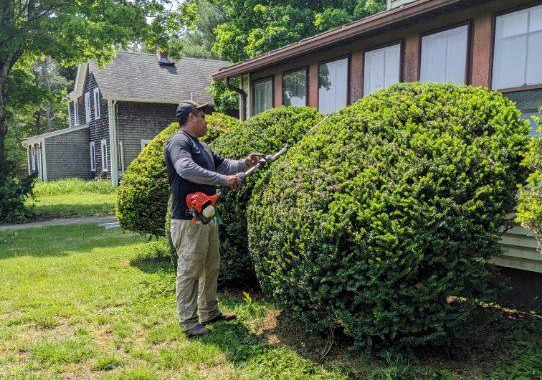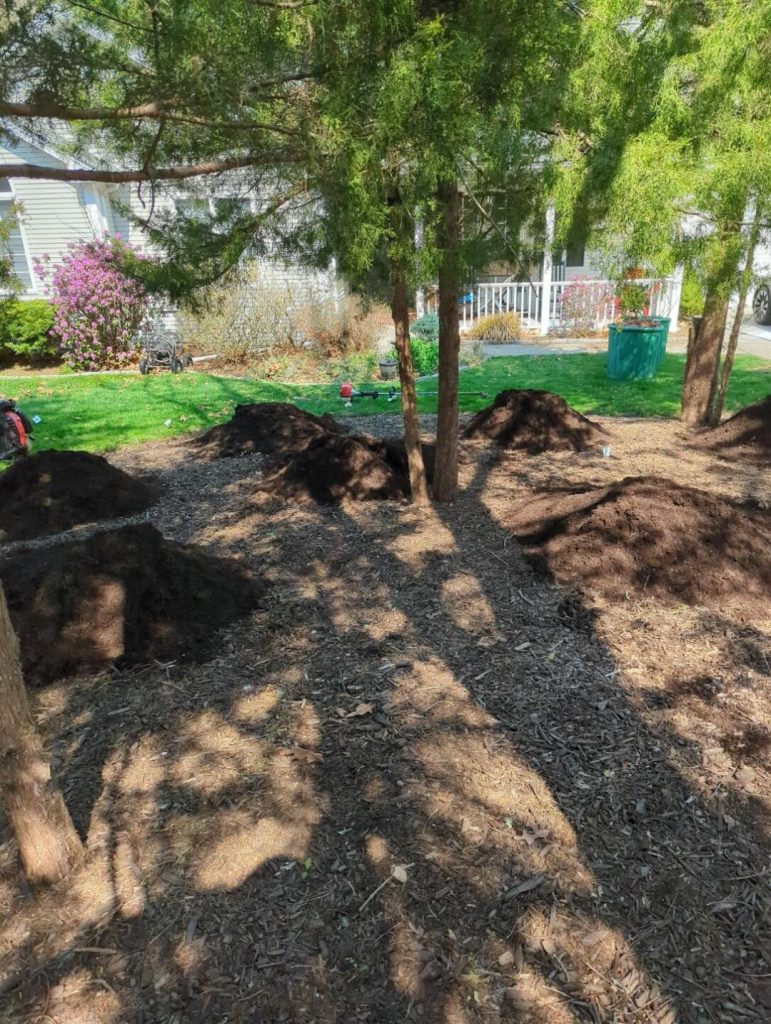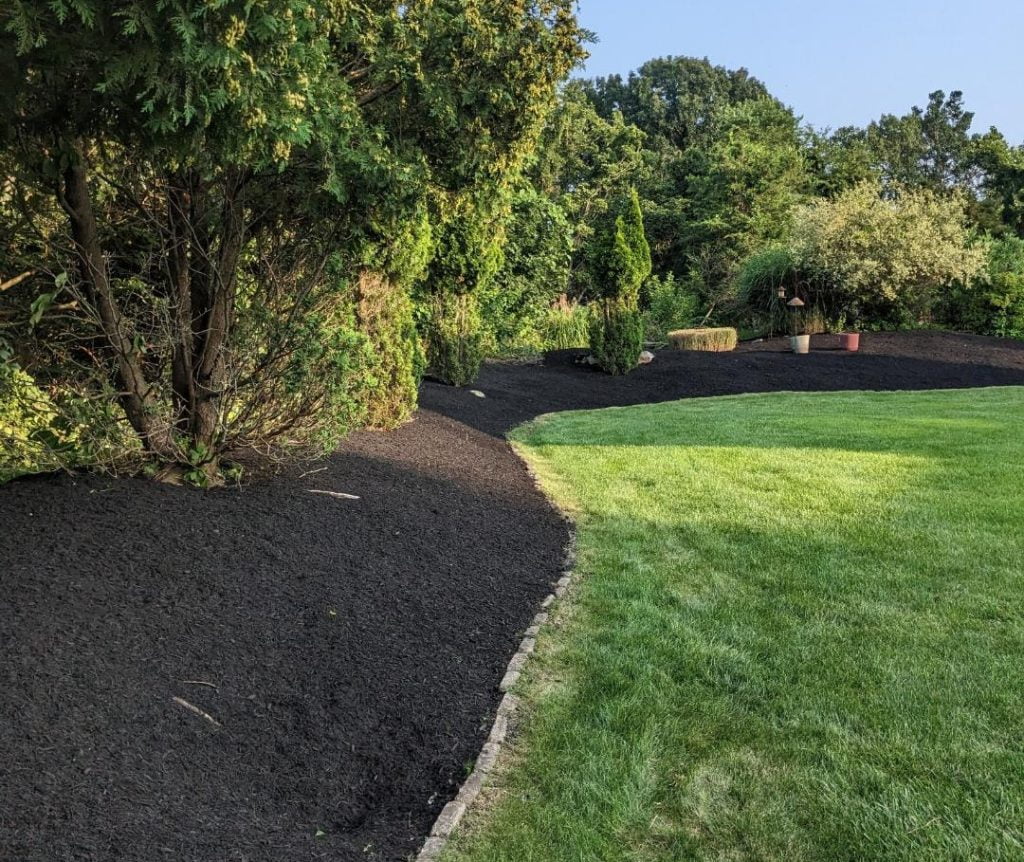Trees and shrubs offer more than shade and beauty—they are cornerstones of our landscapes and environment. Ensuring their well-being doesn’t require a green thumb; it simply demands a bit of care and attention.

This beginner-friendly guide explores straightforward tips and practices for healthy trees and shrubs. Whether you’re a first-time homeowner or looking to enhance your knowledge, these simple strategies will help you foster healthy, resilient trees and shrubs in your backyard.
Proper Planting
Planting new trees and shrubs requires careful consideration and proper techniques to ensure their successful establishment and long-term health. Here are some tips for planting:
- Choose suitable species for your climate and soil conditions.
- Ensure that your tree receives adequate sunlight based on its species requirements.
- Plant trees and shrubs at the correct depth, ensuring the root flare is at or slightly above the soil surface.
- Plant during the appropriate season for your region. Generally, spring and fall are ideal for most tree plantings.
- Avoid planting during extreme conditions, such as hot, dry summer days.
- Consider using tree guards or other protective measures to prevent damage from wildlife, mainly if deer or rodents are in your area.
- Use stakes or other support structures for young trees and shrubs to help them establish a robust root system.
Watering
Proper watering is a crucial component in the health and well-being of trees and shrubs. Here are some tips for watering them effectively:
- Provide adequate water, especially during dry periods. Young trees and shrubs, in particular, need consistent watering until they establish a good, robust root system.
- Water at the base of the tree to encourage deep root growth.
- Mulch around the base of the trunk to retain moisture and regulate soil temperature.
Mulching
Mulching around trees and shrubs provides numerous benefits, including moisture retention, weed suppression, temperature regulation, and improved soil health. Here are some tips for mulching effectively for healthy trees and shrubs:
- Apply three to four inches of mulch around the tree’s base (but not directly against the trunk) to retain soil moisture, improve soil quality, and suppress weeds.
- Do not pile mulch against the trunk in a cone shape, often called “volcano mulching.” Mulch against the trunk holds moisture, causing rot and attracting pests.
- Extend the mulch beyond the shrub’s drip line (the outer edge of the canopy). This helps cover the entire root zone, providing maximum benefits.
- Mulch breaks down as it’s exposed to sunlight and water, so replenish it as needed to maintain the desired depth. Remove any old mulch before applying new layers.

Pruning
Pruning trees and shrubs is an essential aspect of care that involves removing specific branches or stems to improve structure, health, and aesthetics. Here are some tips for pruning effectively:
- Regularly prune dead, damaged, or diseased branches to promote tree health.
- Proper pruning techniques can help shape the tree and improve air circulation.
- Use sharp, clean pruning tools to make precise cuts, minimizing damage and reducing the risk of disease transmission.
- Remove branches that rub against each other, as this can create wounds and lead to the entry of diseases.
- Prune when plants are dormant (late fall to early spring) to minimize stress and promote rapid healing. Some species, like flowering trees, may be pruned after blooming.
- Make clean pruning cuts just outside of the branch collar (the swollen area at the branch’s base). Avoid cutting too close to the trunk or leaving stubs.
- Regularly step back and evaluate the tree’s overall shape as you prune. This helps maintain a balanced and aesthetically pleasing structure.

Fertilizing
Fertilizing trees and shrubs is crucial to their care, providing essential nutrients to support growth and overall health. Here are some tips for fertilizing effectively to foster healthy trees and shrubs:
- If your soil lacks essential nutrients, consider fertilizing your trees. However, it’s important not to over-fertilize, as this can harm the tree.
- Conduct a soil test to determine the soil pH and current nutrient levels. This information will help you choose the right type and amount of fertilizer.
- Allow newly planted trees and shrubs to establish their root systems before applying fertilizer. Typically, wait at least a year or as recommended for the specific tree species.
- Apply fertilizer in the late winter or early spring before new growth starts. You can also apply fertilizer to established trees and shrubs in the fall after leaf drop.
Protection from Pests and Diseases
Protecting your landscape plants from insects and diseases is essential for healthy trees and shrubs. Here are some tips to help you prevent and manage potential threats:
- Regularly scout for signs of pests or diseases. Early detection allows for prompt treatment.
- When planting new trees, select ones resistant to common pests and diseases in your area.
- Encourage beneficial insects and birds that naturally prey on pests. Ladybugs, predatory beetles, and birds can help control populations.
- Use horticultural oils or neem oil to control certain pests. They smother insect pests and disrupt their life cycles.
- Insecticidal soaps are a practical option for controlling soft-bodied insects like aphids, spider mites, and scale. Follow the application instructions carefully.
- Avoid damaging the bark, as it can provide an entry point for pests and diseases.
Need Help With Healthy Trees and Shrubs? Reach Out to 855-RILAWNS
Remember that different tree and shrub species may have specific requirements, so it’s essential to understand the needs of the trees and shrubs in your yard. Regular care and attention can go a long way in promoting their health and longevity.
If you need some advice or are unsure about the health of the trees or shrubs in your yard, call us at 855- 745-2967 or click HERE for your free quote. We can help you grow healthy trees and shrubs!


